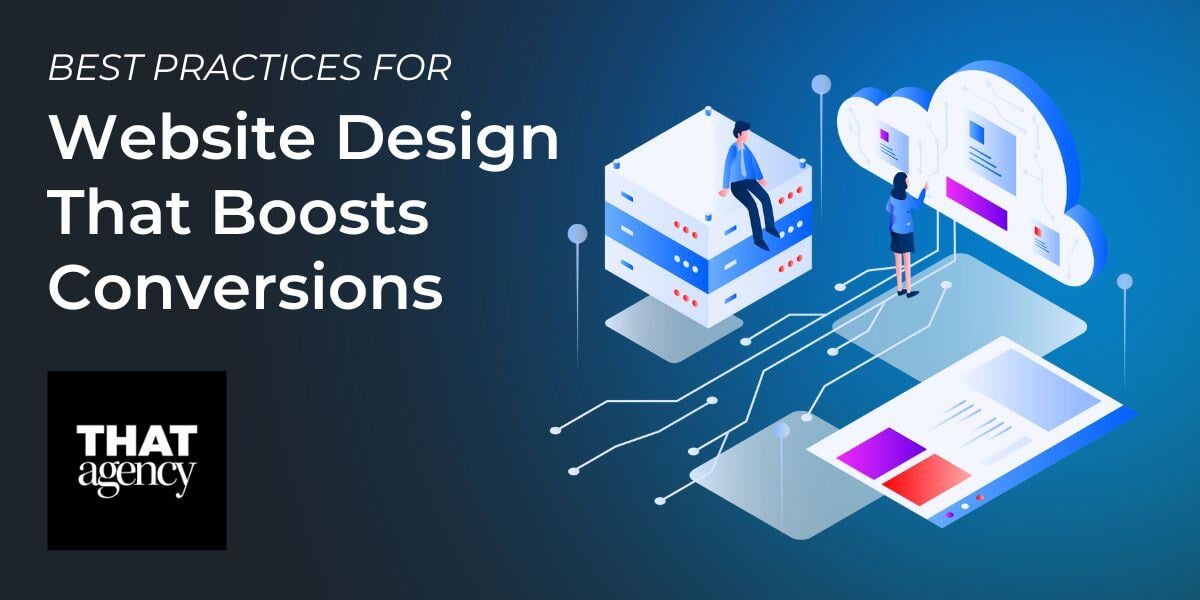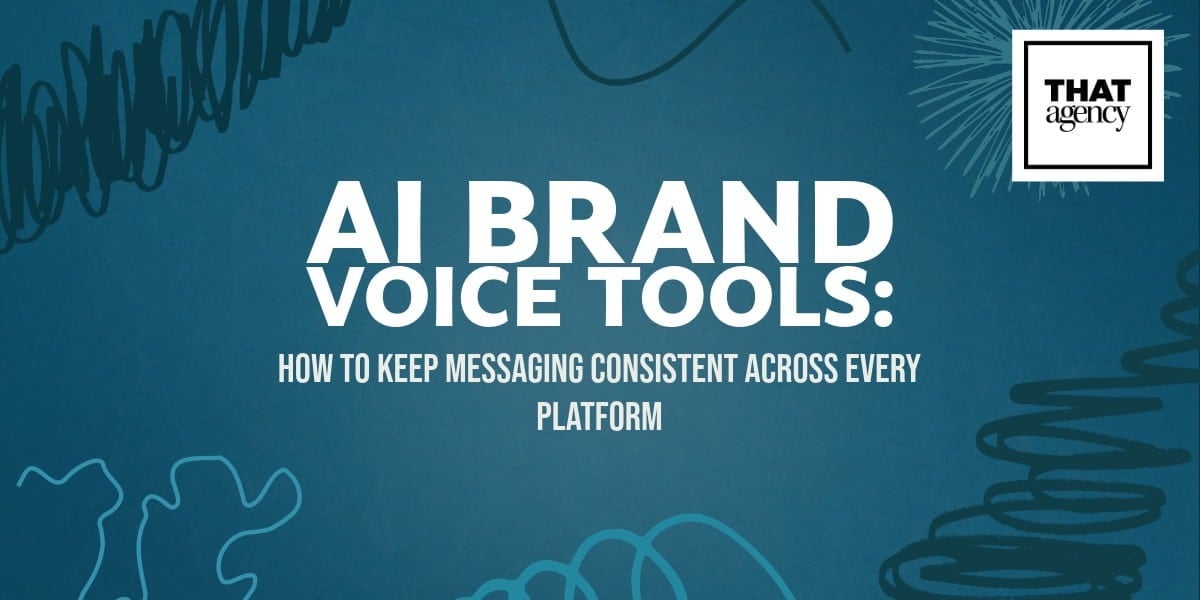In today’s digital landscape, having a strong online presence is essential for any business looking to grow and attract more clients. For small to medium-sized businesses, an effective website can be the key to driving conversions and increasing profitability. By following best practices for web design, you can ensure your website not only looks great but also functions as a powerful tool to engage visitors and turn them into customers.
In this article, we’ll explore several essential web design tips that are particularly beneficial for small businesses looking to boost conversions and update their marketing strategy.

The Importance of First Impressions in Web Design
When visitors land on your website, the design is one of the first things they notice. Studies show that it takes only 50 milliseconds for users to form an opinion about your site. This snap judgment is crucial because it influences whether they’ll stay or leave. For small businesses, making a good first impression with effective web design can significantly impact user engagement and conversion rates.
Your website should be clean, visually appealing, and easy to navigate. Avoid clutter and ensure that your primary messaging and calls-to-action (CTAs) are immediately visible. A professional-looking design conveys trust and credibility, which is essential for gaining new clients.
Key Elements of Web Design That Drive Conversions
-
Mobile Optimization
With over half of web traffic coming from mobile devices, it’s critical that your site is optimized for mobile users. Mobile-friendly design doesn’t just mean your site should be viewable on a smartphone—it should provide a seamless and intuitive user experience across all devices.
Google also considers mobile responsiveness as a ranking factor, so optimizing your site for mobile can also improve your search engine visibility, boosting both traffic and conversions.
-
Clear and Simple Navigation
When it comes to web design, simplicity is key. Your website’s navigation should be intuitive and easy for visitors to use. A clean menu structure with clearly labeled pages helps users find the information they need without frustration. Complex navigation or too many options can overwhelm visitors and cause them to leave the site, resulting in lost conversion opportunities.
For small businesses, focus on a streamlined approach—highlight your core offerings, provide easy access to contact information, and include clear calls-to-action that guide users toward your conversion goals.
-
High-Quality Content
Content is at the heart of any great website. Not only does it help with search engine optimization (SEO), but it also engages your visitors and provides them with valuable information. Every page should have high-quality, relevant content that speaks directly to your audience’s needs. Additionally, incorporating blog posts, case studies, or customer testimonials can further build trust and credibility.
Remember to include keywords related to your industry and location in a natural way. For example, if you run a small business in Florida, phrases like “Florida web design” or “web design for small businesses in Florida” can improve your SEO rankings and help potential clients find your site.
-
Fast Loading Speeds
In the world of web design, speed matters. A slow website can frustrate users and cause them to leave before the page even loads. Studies have shown that if a site takes longer than 3 seconds to load, you risk losing about half of your potential visitors. Slow load times can also negatively impact your SEO rankings.
Ensure that your site is optimized for speed by compressing images, enabling browser caching, and using a reliable hosting service. The faster your site loads, the better your chances of keeping visitors engaged and improving conversion rates.
Web Design for Small Businesses: Focus on User Experience
For small businesses, web design for small businesses should focus on delivering an excellent user experience (UX). This means creating a website that is not only visually appealing but also easy to navigate, informative, and functional. Below are some specific strategies to consider when designing a site with small business goals in mind.
-
Highlight Your Unique Selling Proposition (USP)
What sets your business apart from the competition? Your website should clearly convey your unique selling proposition. Whether it's exceptional customer service, a local touch, or industry expertise, make sure visitors understand what makes your business special within seconds of arriving on your homepage.
-
Include Clear Calls-to-Action
Your website should guide visitors toward specific actions—whether that’s signing up for a newsletter, scheduling a consultation, or purchasing a product. Effective CTAs are strategically placed throughout the site and encourage users to take the next step in the conversion funnel.
For example, if you’re a local restaurant, your primary CTA could be “Make a Reservation Now.” Make these buttons stand out by using contrasting colors and positioning them in visible areas.
-
Incorporate Social Proof
Small businesses can benefit greatly from the inclusion of social proof, such as customer reviews, testimonials, or case studies. Potential clients are more likely to trust your brand if they see that others have had positive experiences. Showcase testimonials on your homepage or create a dedicated page for customer success stories.
-
Use SEO Best Practices
Optimizing your website for search engines is essential for increasing traffic and generating leads. SEO is not just about using the right keywords, but also about providing a quality user experience. Best practices for SEO in web design include:
- Using descriptive alt text for images
- Creating URL structures that are easy for both users and search engines to understand
- Writing compelling meta descriptions and title tags
- Ensuring your website has a responsive design
For small businesses, implementing these SEO strategies will help ensure that your site ranks higher in search results, ultimately driving more traffic and conversions.
Measuring Success: Analyzing Conversion Rates
After following these web design best practices, it’s important to monitor your site’s performance. Tools like Google Analytics allow you to track key metrics such as bounce rates, time on page, and most importantly, conversion rates. By regularly reviewing this data, you can identify areas for improvement and continue refining your website design to better meet your goals.

Boost Your Conversions with Strategic Web Design
For small to medium-sized businesses looking to grow their client base, having an effective website is a must. By following these best practices for web design, you’ll be able to create a site that not only attracts visitors but also converts them into loyal customers.
If you’re ready to elevate your online presence, consider working with a professional digital marketing agency that specializes in web design for small businesses. A well-designed website, paired with an effective digital marketing strategy, can make all the difference in gaining more clients and growing your business.
Ready to update your website and see the results firsthand? Contact us today to learn how our web design services can help boost your conversions and grow your business!




